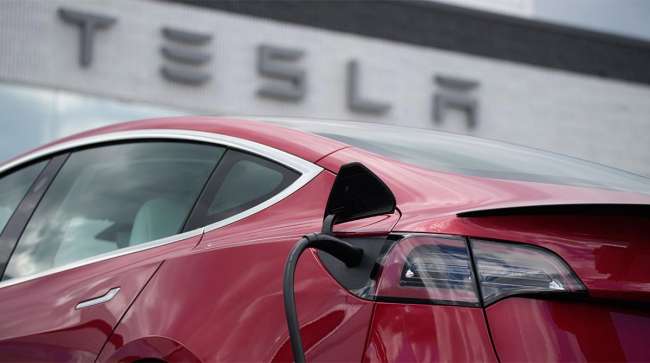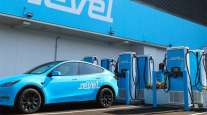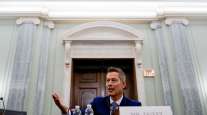NHTSA Investigates Whether Tesla Autopilot Recall Did Enough

[Stay on top of transportation news: Get TTNews in your inbox.]
DETROIT— The U.S. government’s auto safety agency is investigating whether last year’s recall of Tesla’s Autopilot driving system did enough to make sure drivers pay attention to the road.
The National Highway Traffic Safety Administration says in documents posted on its website April 26 that Tesla has reported additional crashes involving Autopilot since the recall, raising concerns at the agency about the effectiveness of the remedy. The recall involved more than 2 million vehicles, nearly all the vehicles that Tesla had sold at the time.
The agency pushed the company to do the recall after a two-year investigation into Autopilot’s driver monitoring system, which measures torque on the steering wheel from a driver’s hands. In the probe, the agency was looking at multiple cases in which Teslas on Autopilot ran into emergency vehicles parked on freeways.
The recall fix involves an online software update to increase warnings to drivers. But the agency said in documents that it has found evidence of crashes after the fix, and that Tesla added updates that weren’t part of the recall.
“This investigation will consider why these updates were not part of the recall or otherwise determined to remedy a defect that poses an unreasonable safety risk,” the agency wrote.
A message was left early April 26 seeking comment from Tesla.
NHTSA said that Tesla reported 20 crashes that apparently happened after the recall remedy was sent out. The agency has required Tesla and other automakers to report crashes involving partially and fully automated driving systems.
The agency said it will evaluate the recall, including the “prominence and scope” of Autopilot’s controls to address misuse, confusion and use in environments that the system is not designed to handle.
It also said that Tesla has stated that owners can decide whether they want to opt in to parts of the recall remedy, and that it allows drivers to reverse parts of it.
Safety advocates have long expressed concern that Autopilot, which can keep a vehicle in its lane and a distance from objects in front of it, was not designed to operate on roads other than limited access highways.
The investigation comes just one week after a Tesla that may have been operating on Autopilot hit and killed a motorcyclist near Seattle.
After the April 19 crash in a suburban area about 15 miles northeast of the city, the driver of a 2022 Tesla Model S told a Washington State Patrol trooper that he was using Autopilot and looked at his cellphone while the Tesla was moving.
“The next thing he knew there was a bang and the vehicle lurched forward as it accelerated and collided with the motorcycle in front of him,” the trooper wrote in a probable-cause document.
Check out Transport Topics' updated Top 100 list of the largest logistics companies in North America, and explore how the industry's top players have adapted to a tough freight market and are preparing for the future. Tune in above or by going to RoadSigns.ttnews.com.
The 56-year-old driver was arrested for investigation of vehicular homicide “based on the admitted inattention to driving, while on Autopilot mode, and the distraction of the cellphone while moving forward, putting trust in the machine to drive for him,” the affidavit said.
The Tesla driver told the trooper that he was driving home from having lunch when the crash occurred at about 3:45 p.m.
The motorcyclist, Jeffrey Nissen, 28, of Stanwood, Wash., was under the car and pronounced dead at the scene, authorities reported.
Authorities said they have not yet independently verified whether Autopilot was in use at the time of the crash.
Want more news? Listen to today's daily briefing below or go here for more info:





